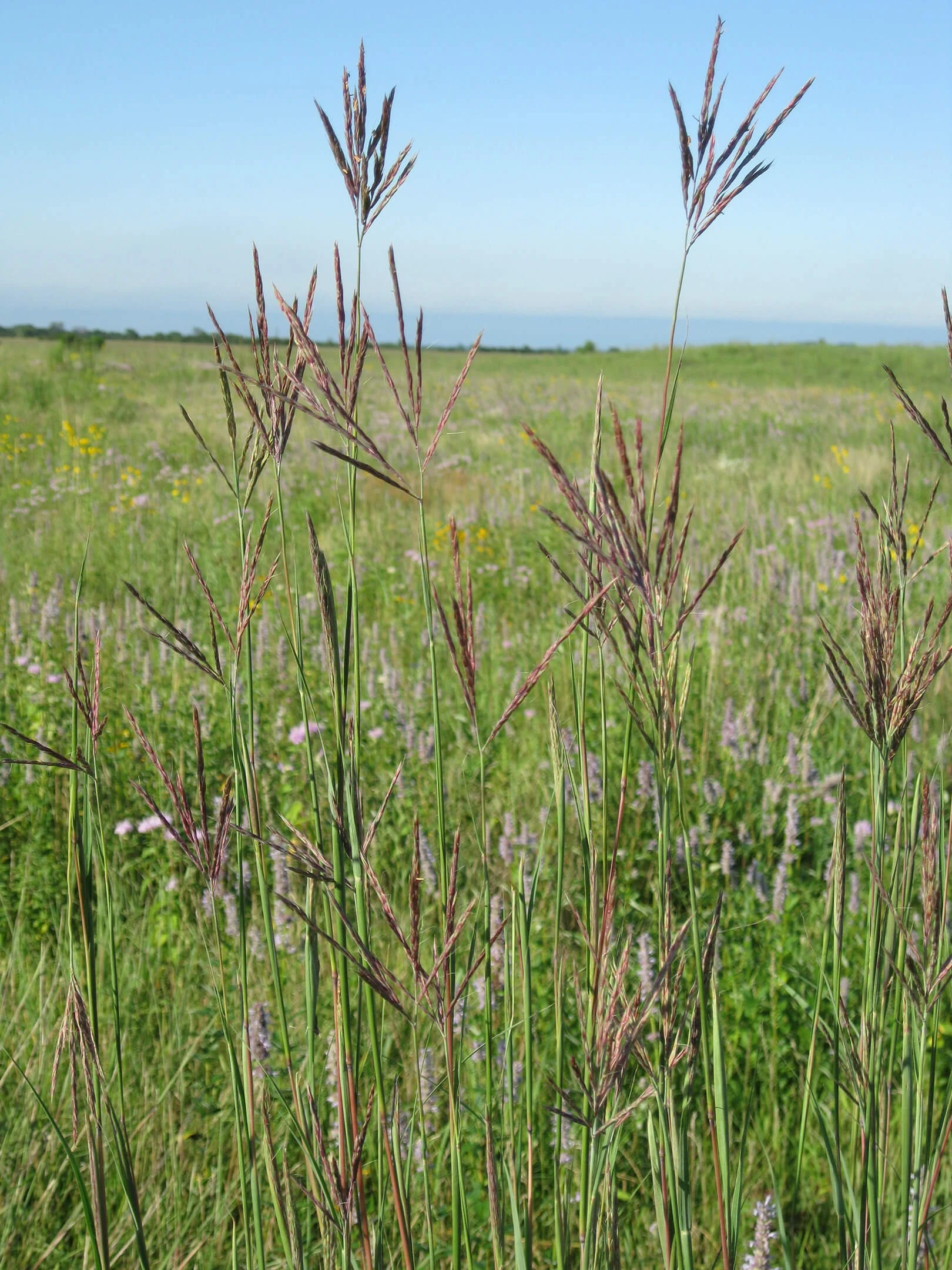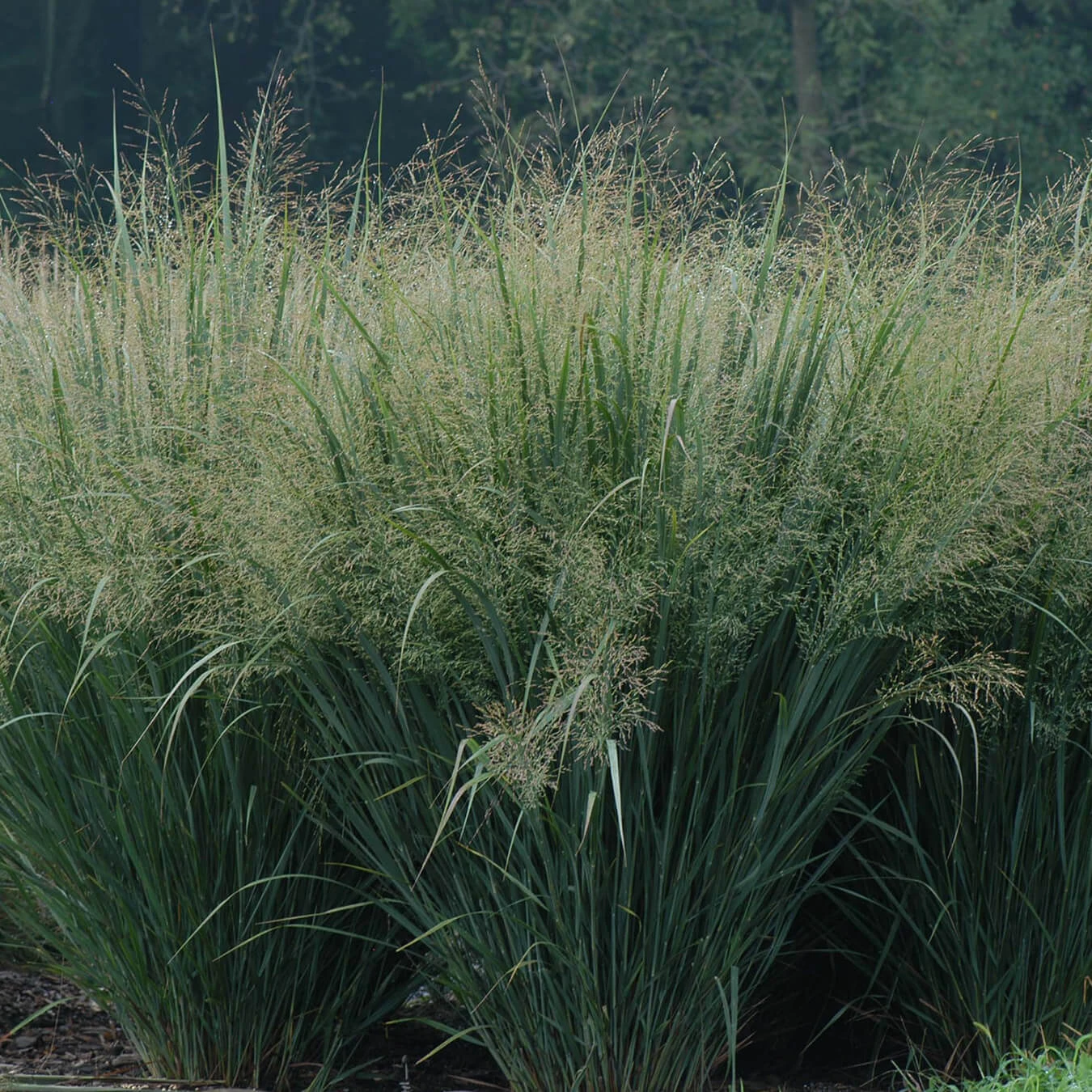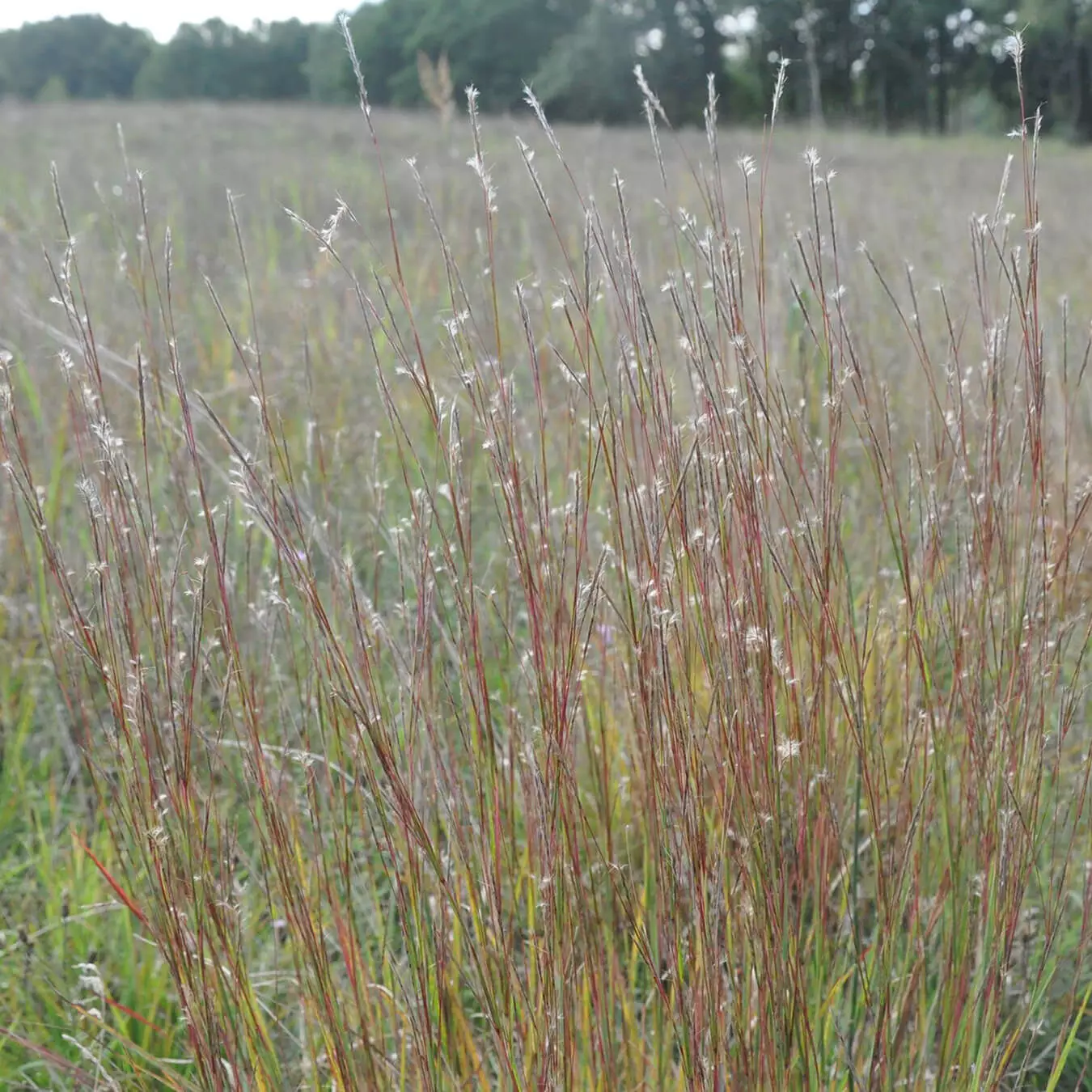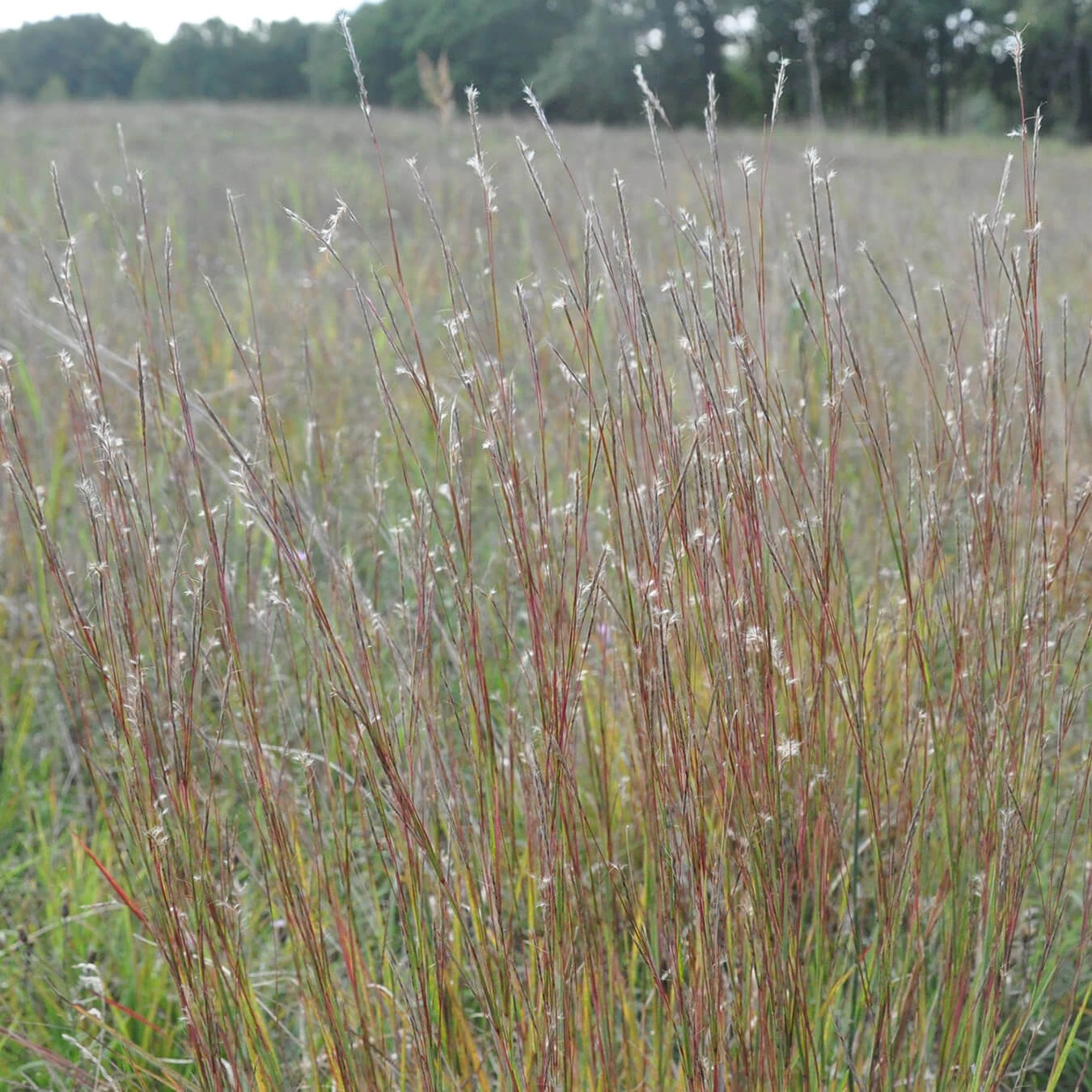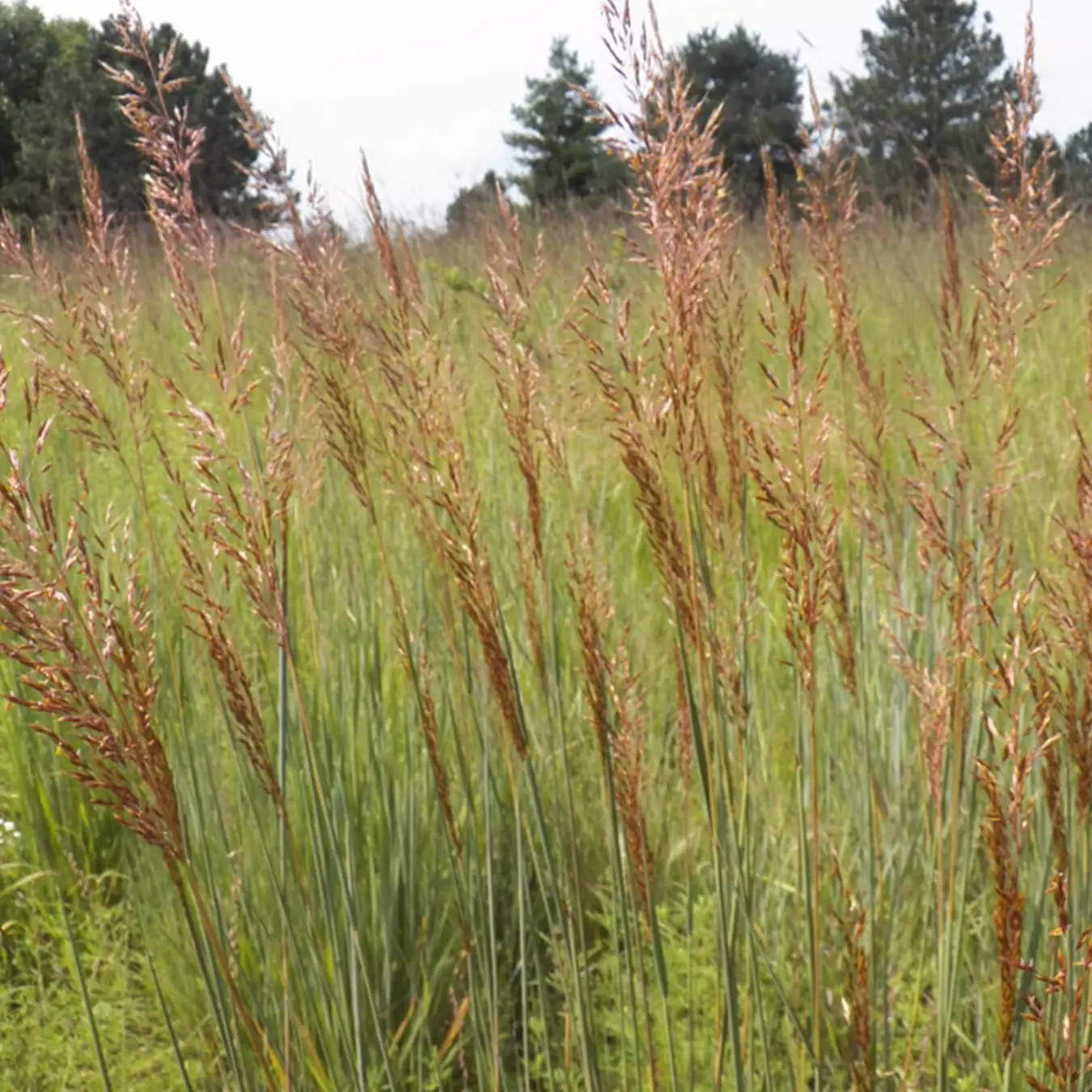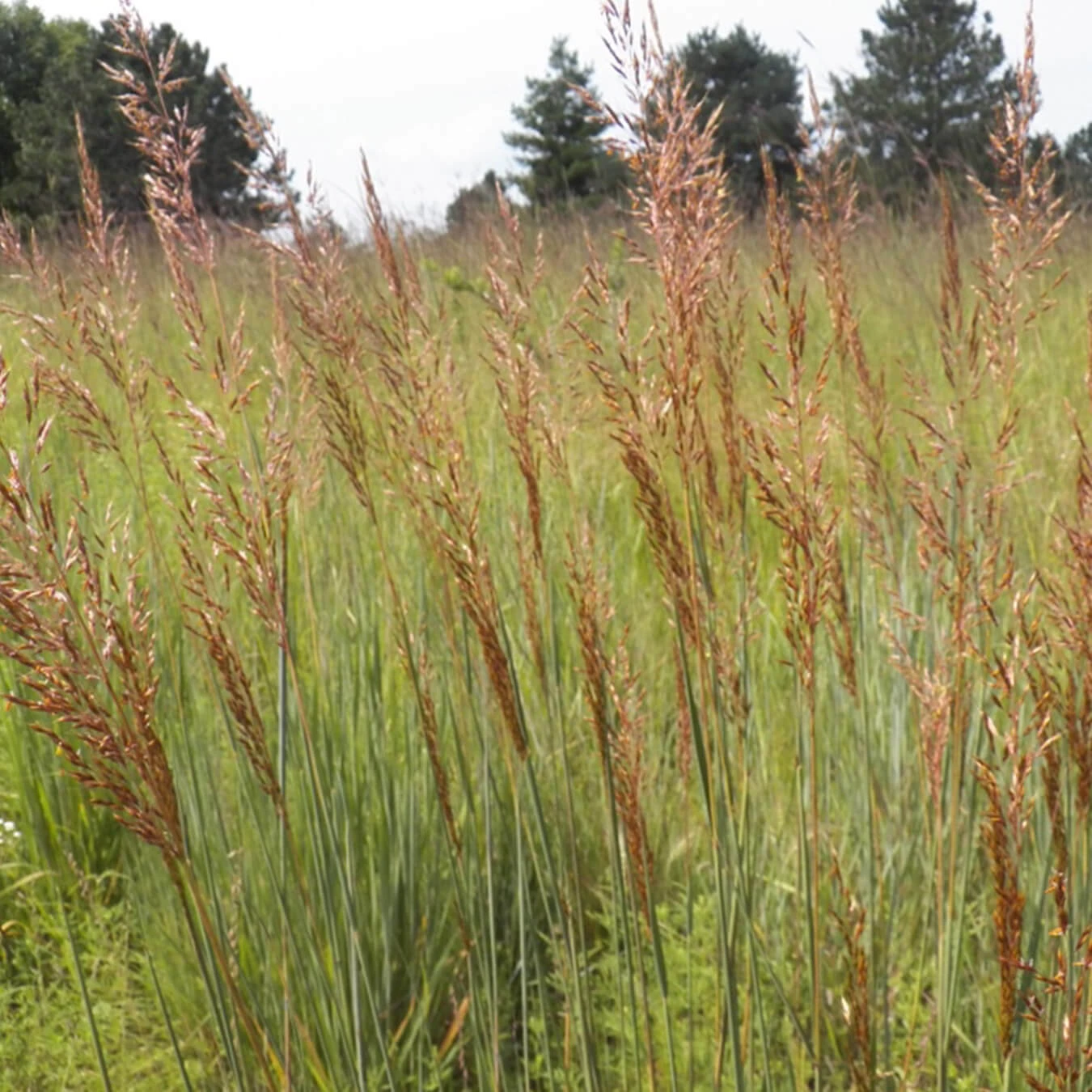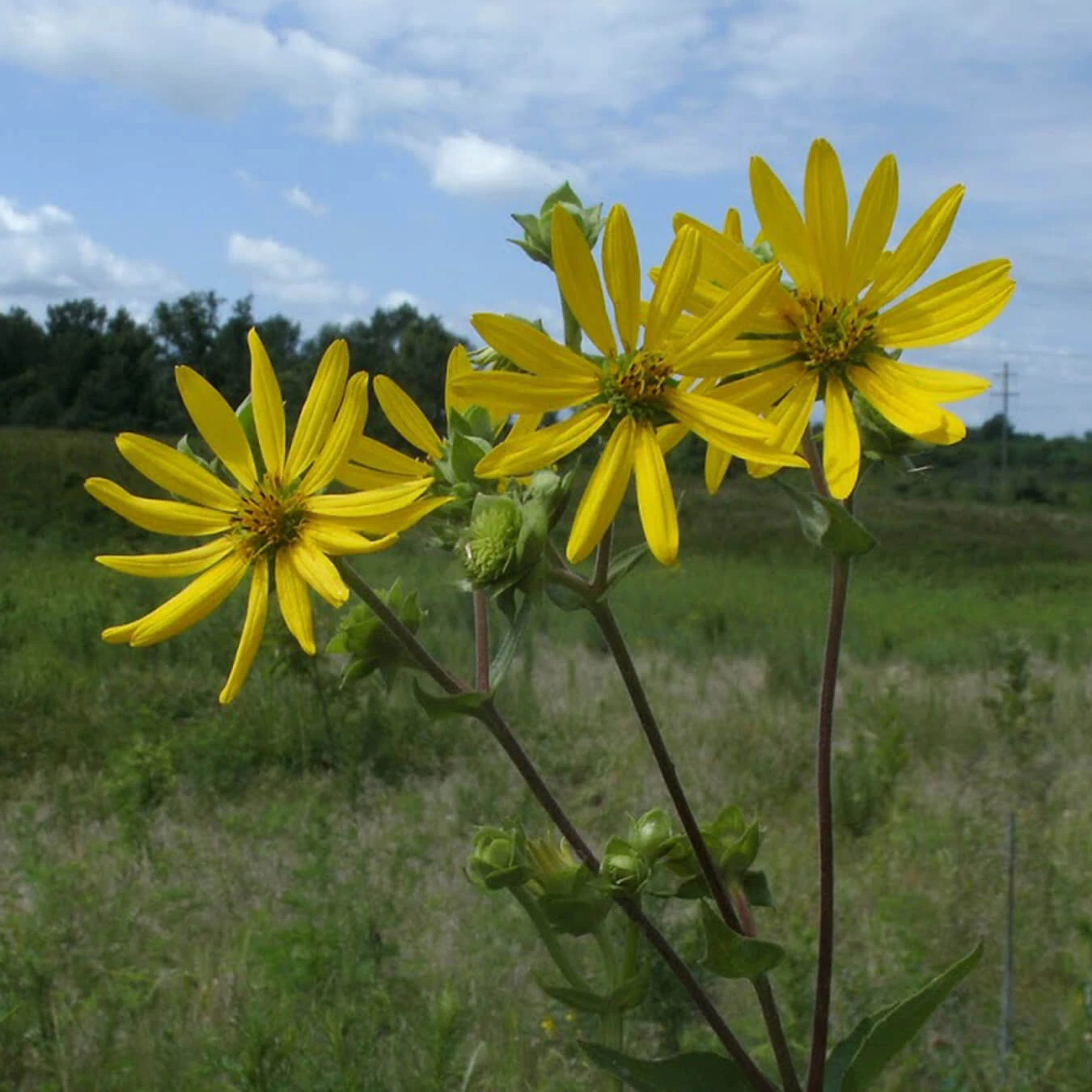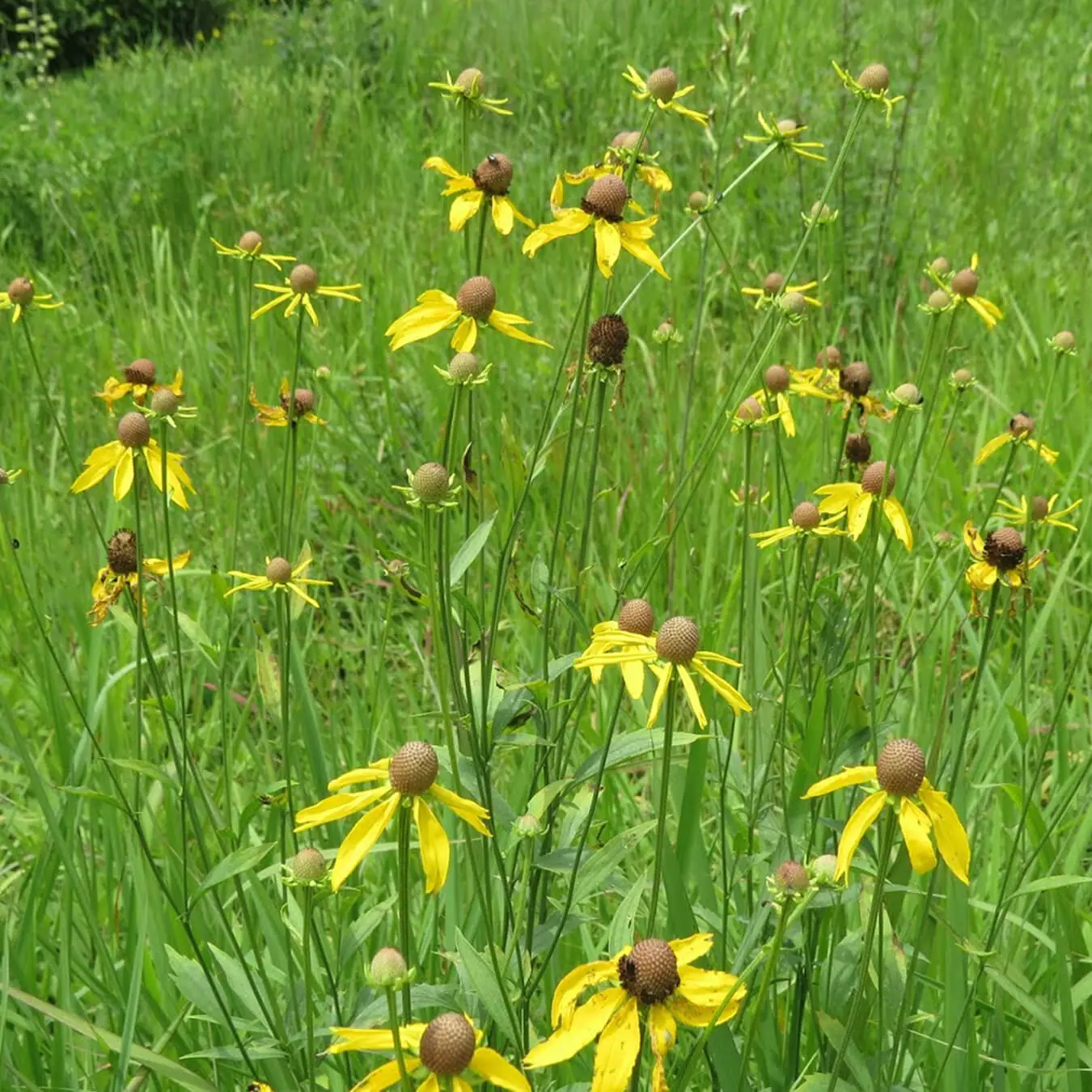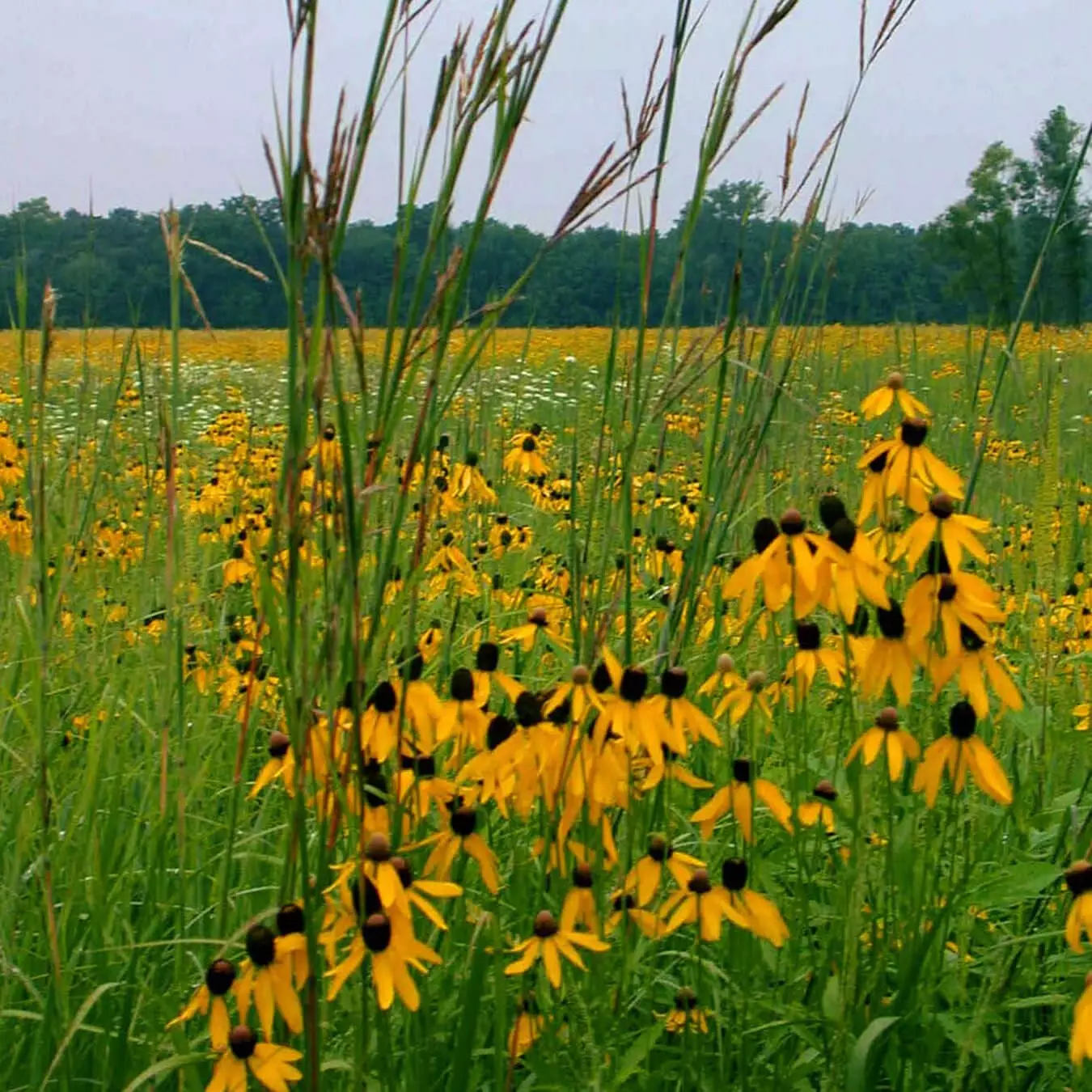Our Rich Land – Our Rich Land
What made the soil so fertile?
About 10,000 years ago, retreating glaciers and wind deposited sediments that would later host the tall grass prairies.
The land supported a diverse group of plants.
Prairies included tall grasses such as big bluestem, little bluestem, Indian grass, and switch grass.
These grasses (80 percent of the flora) grew five to seven feet tall, with occasional stalks as high as 10 feet.
Interspersed with the grasses were flowering plants (20 percent), including varieties of lead plant, rosinweeds, and coneflowers.
With 75 percent of its rich biomass underground, prairie plants and grasses could survive the harsh conditions of subzero winters and destructive prairie fires caused by lightning or purposefully set by Native people.
The plants' dense network of roots bound the soil together, while seasonal cycles released organic material that helped them absorb moisture and nutrients.
Since the 1950s the number of insect species has dropped in Illinois.
The loss of habitats and the use of insecticides are the probable causes.
Necessary for the pollination of some crops, these losses could have an impact on future farming.
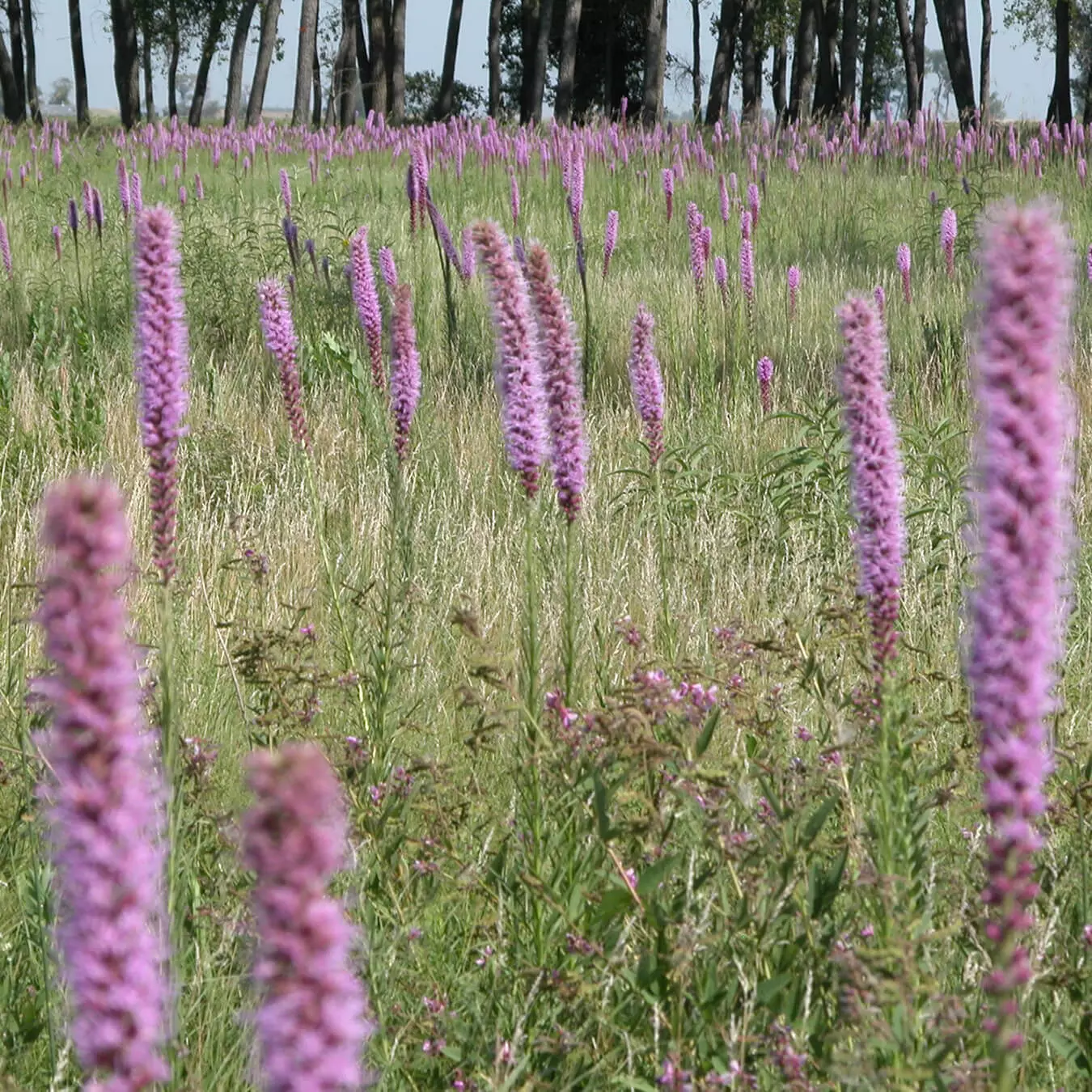
Blazing Star (also called prairie gay feather) is native to eastern North America, and grows in prairies and sedge meadows.
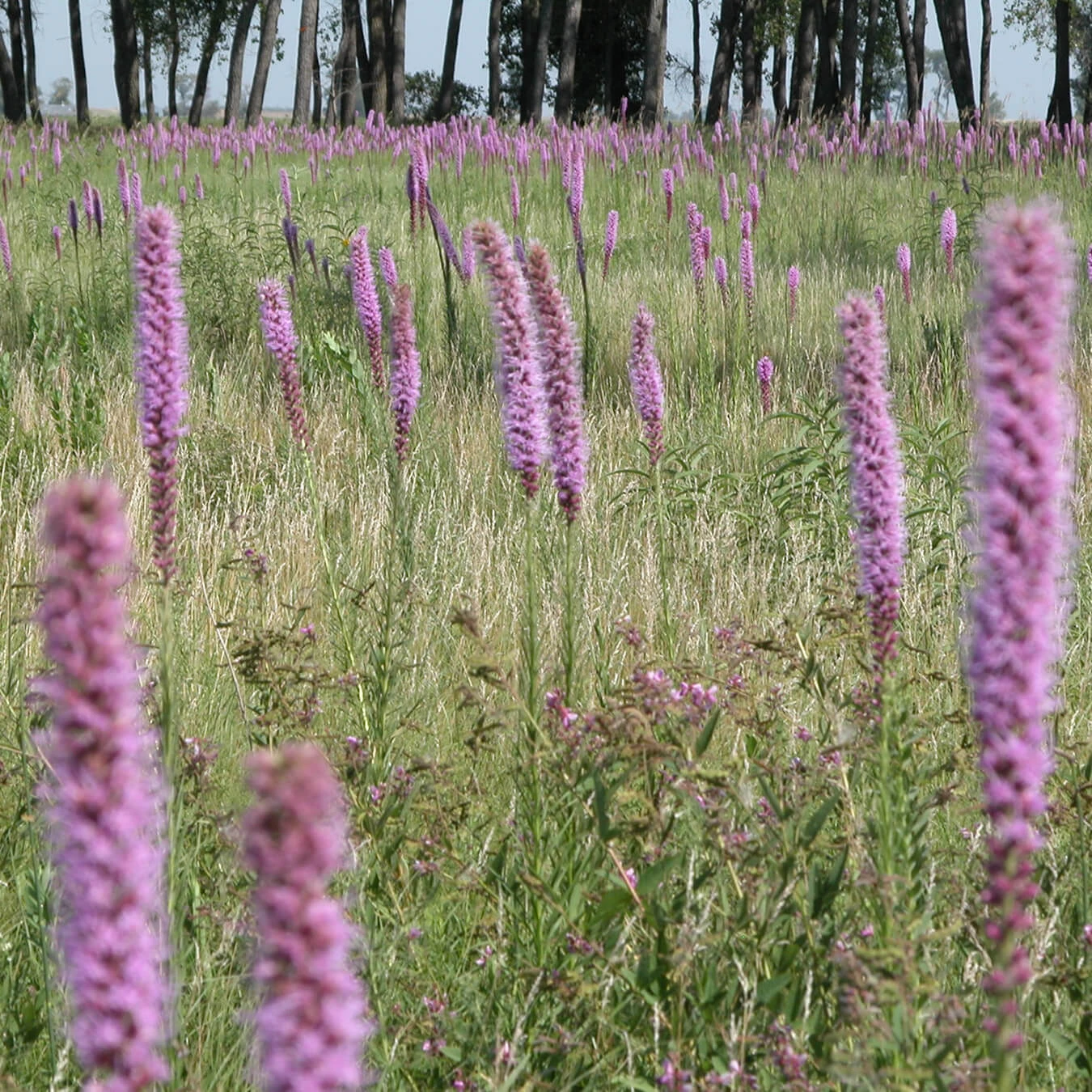
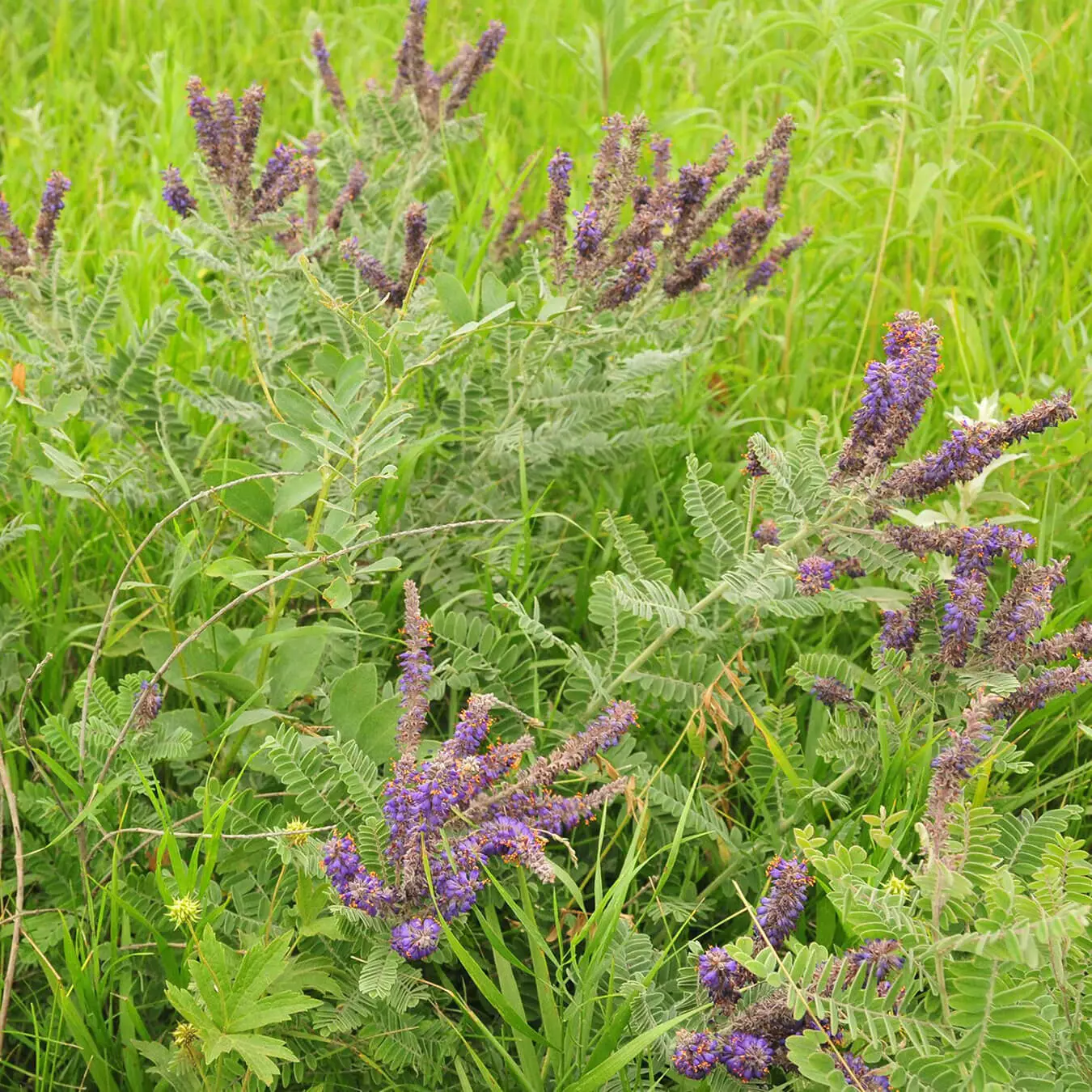
Also known as leadplant, downy indigo bush, prairie shoestring, or buffalo bellows, Amorpha Canescens Pursh is a perennial shrub that is native to North America. It has small purple flowers that bloom from late June to mid-September and roots that extend up to 16' deep.
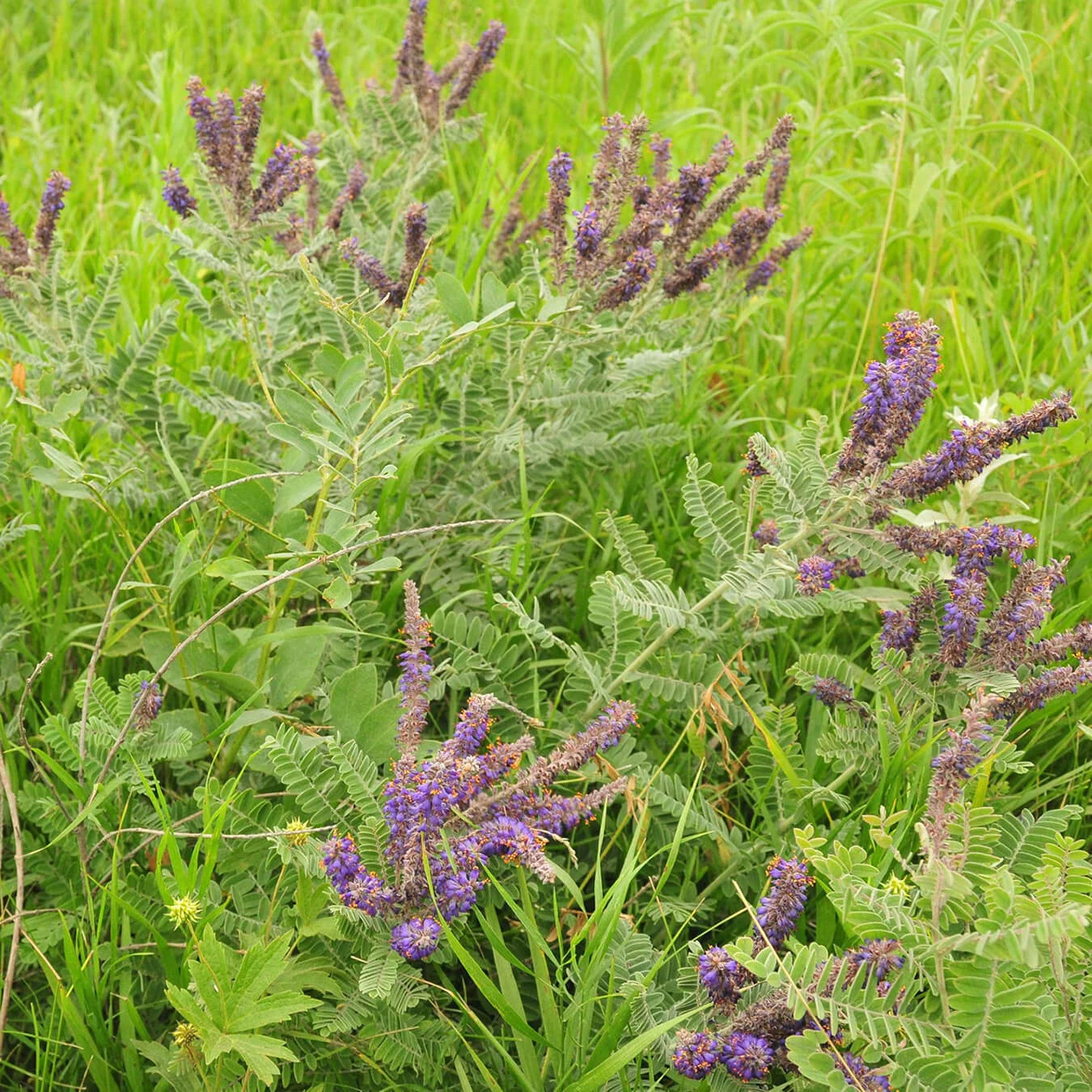
 Making a Home
Making a Home
 A Community in Conflict
A Community in Conflict
 Working for a Living
Working for a Living
 Farming in the Great Corn Belt
Farming in the Great Corn Belt
 Abraham Lincoln in McLean County
Abraham Lincoln in McLean County



